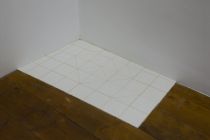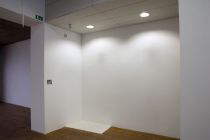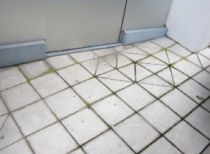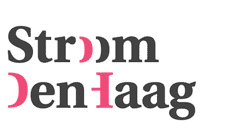There, I Fixed It: Josúe Rauscher
13 March thru 15 May 2011Location: Hogewal 1-9, The Hague
Survey page There, I Fixed It: click here
'There, I Fixed It' refers to a mentality, a way of looking at materials and problems that is both bold and unexpected. Unruly solutions to urgent problems.
Josué Rauscher (1963, Mulhouse, lives and works in Avignon) maintains the motto: ‘I Would Gladly Make Second Hand Sculptures'. He is part of a generation who grew up in a time of overwhelming consumption, where the values and skills of the working class seemed to have disappeared. At the same time DIY stores are everywhere, overflowing with materials and machinery that facilitate the middle class to do-it-yourself. Maybe this explains the large number of artists who have acquired the skills of the working classes via a detour of do-it-yourself stores.
Trained in the postcolonial era, Rauscher came into contact with different cultures through the work of André Breton, Jean Rouch and Claude Lévi-Strauss. The assemblage of various found materials into a sculpture is through the knowledge of primitive art since the early twentieth century generally accepted. Rauscher plays on the fact that the authority of the artist has become ambiguous through the uncertain status of the artwork, of which the materials, techniques and forms can be closer to inventions of professor Calculus than the sculptures of Bernini.
For 'There, I Fixed It', Rauscher restages the work La Fantaisie du carreleur (Fantaisie carrelée) from 2009-2010. In 2009, when Rauscher was in Brussels, his eye fell on a particular pattern of white tiles. Maybe the tile layer had a bunch of triangular tiles left over? Or he simply felt like making a beautiful pattern, like the title of the work suggests? Once home Rauscher did not know what to do with this photograph and decided to buy a tile cutter and start recreating the pattern at home.
"With materials from the world of DIY, I make low-tech sculptures stemming from a series of formal connections and simple gestures. The works are often modular and integrate exhibition furniture and architectural elements."
- Josué Rauscher
LINKS
www.josuerauscher.net

Josué Rauscher, La Fantaisie du carreleur (Fantaisie carrelée), 2009-2010
photo: Rob Kollaard, courtesy Stroom Den Haag
photo: Rob Kollaard, courtesy Stroom Den Haag

Josué Rauscher, La Fantaisie du carreleur (Fantaisie carrelée), 2009-2010
photo: Rob Kollaard, courtesy Stroom Den Haag
photo: Rob Kollaard, courtesy Stroom Den Haag

Josúe Rauscher, La Fantaisie du carreleur, 2009-2010
photo: courtesy the artist
photo: courtesy the artist

















